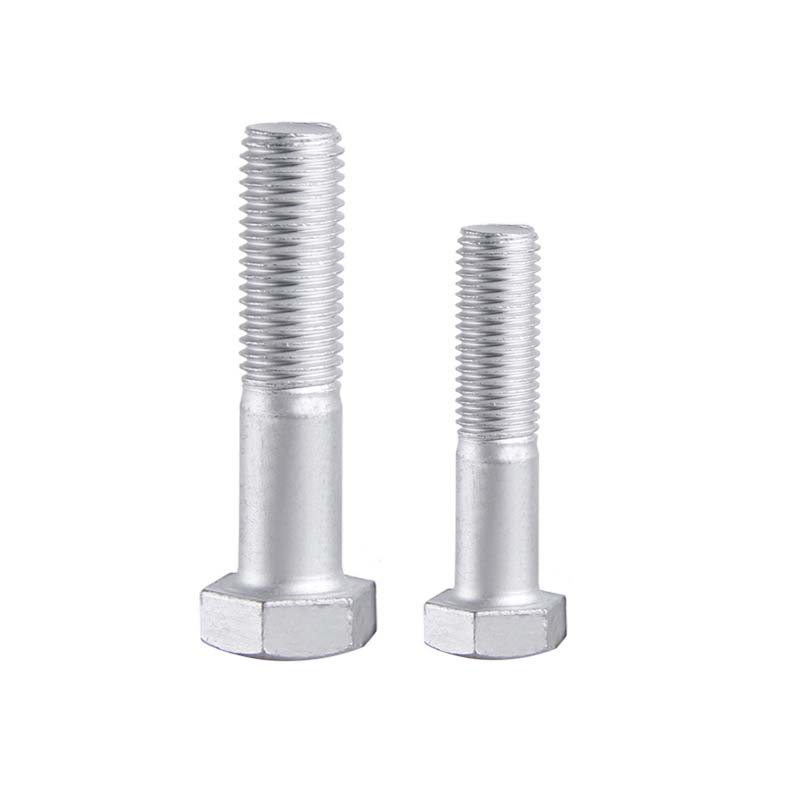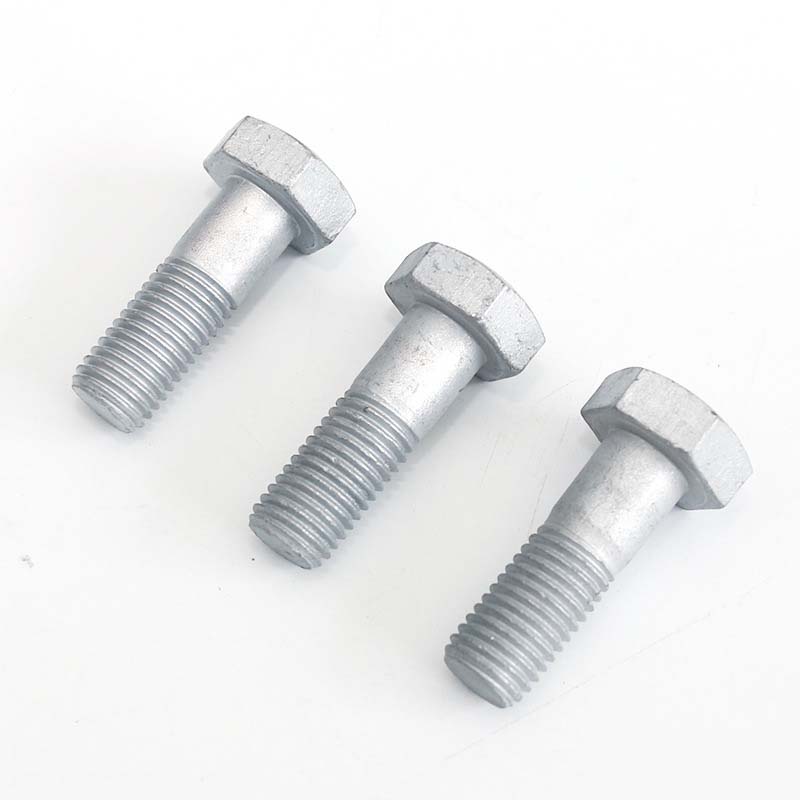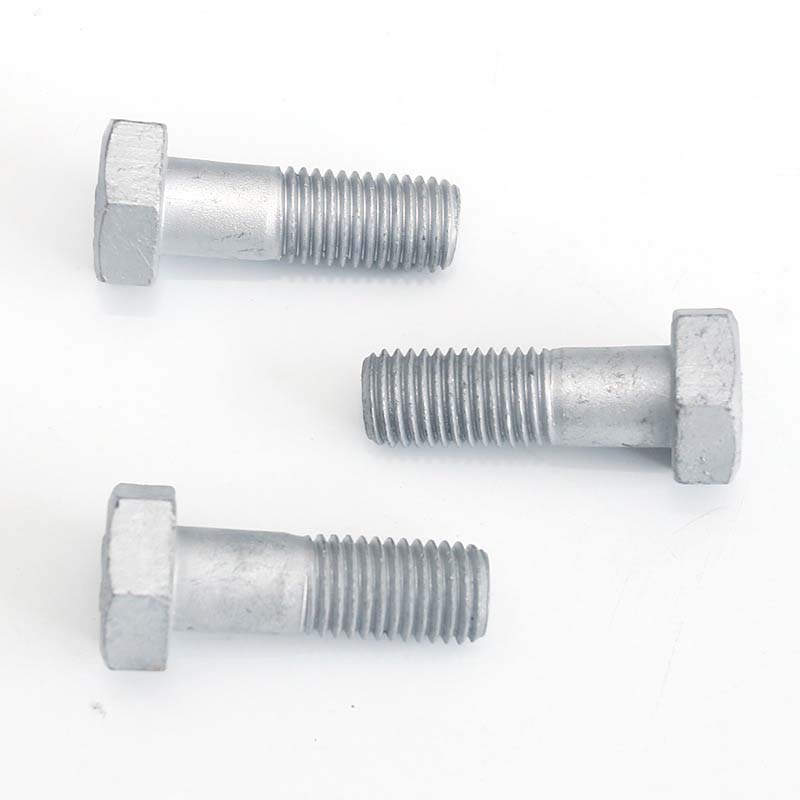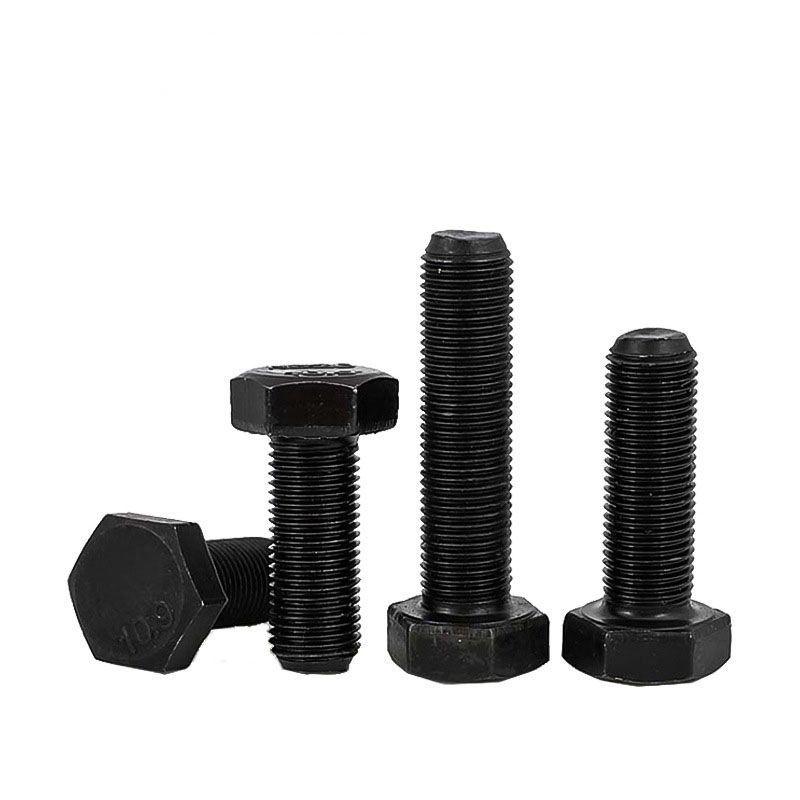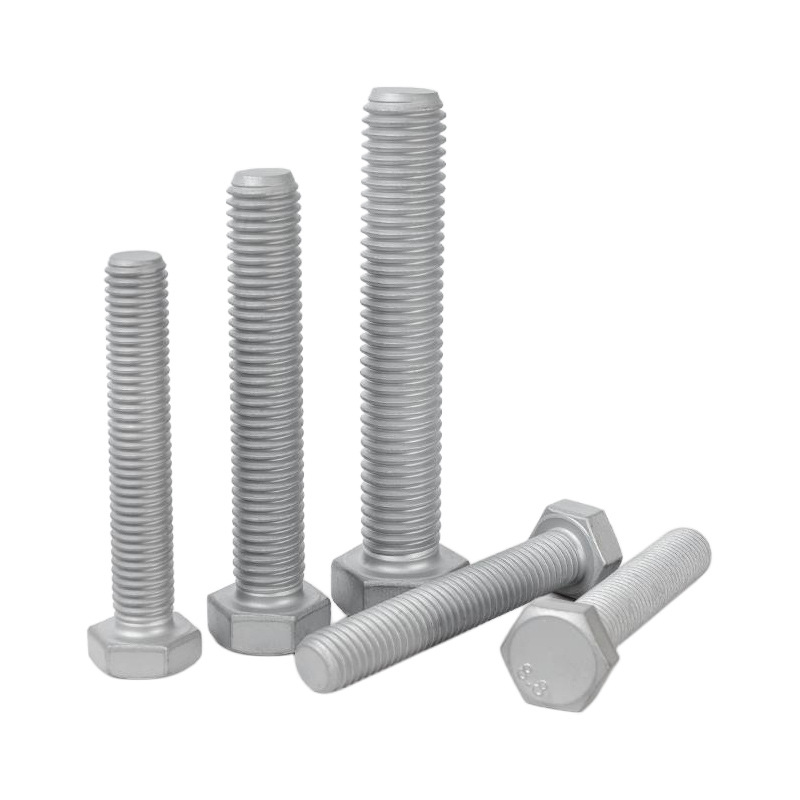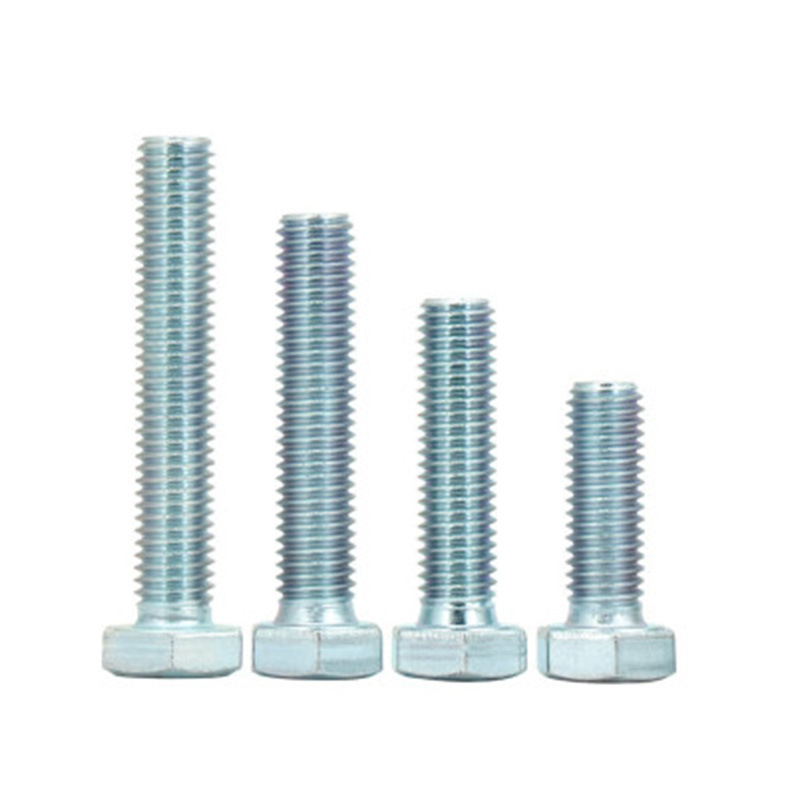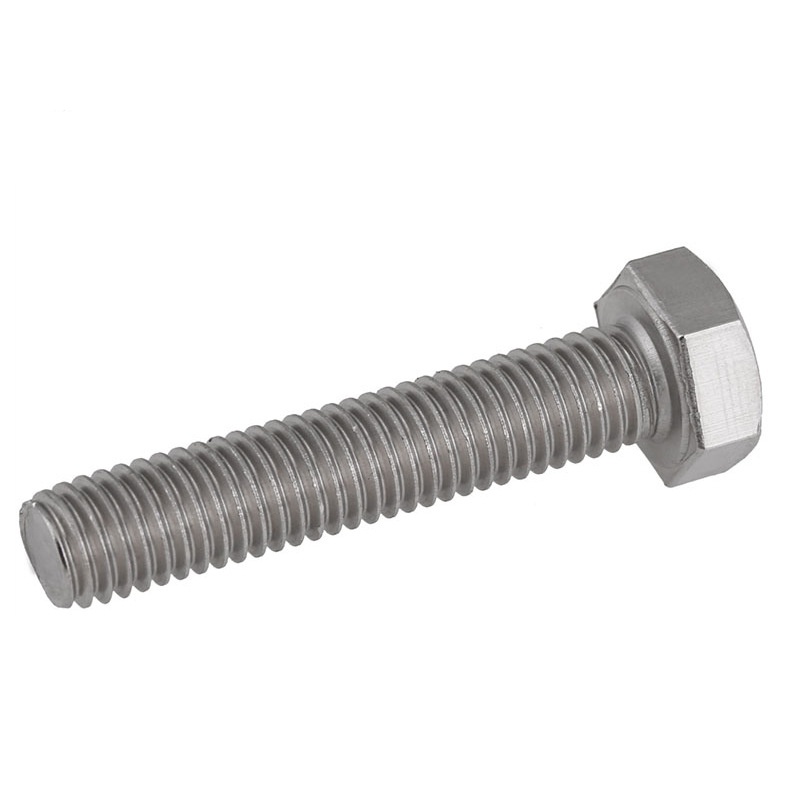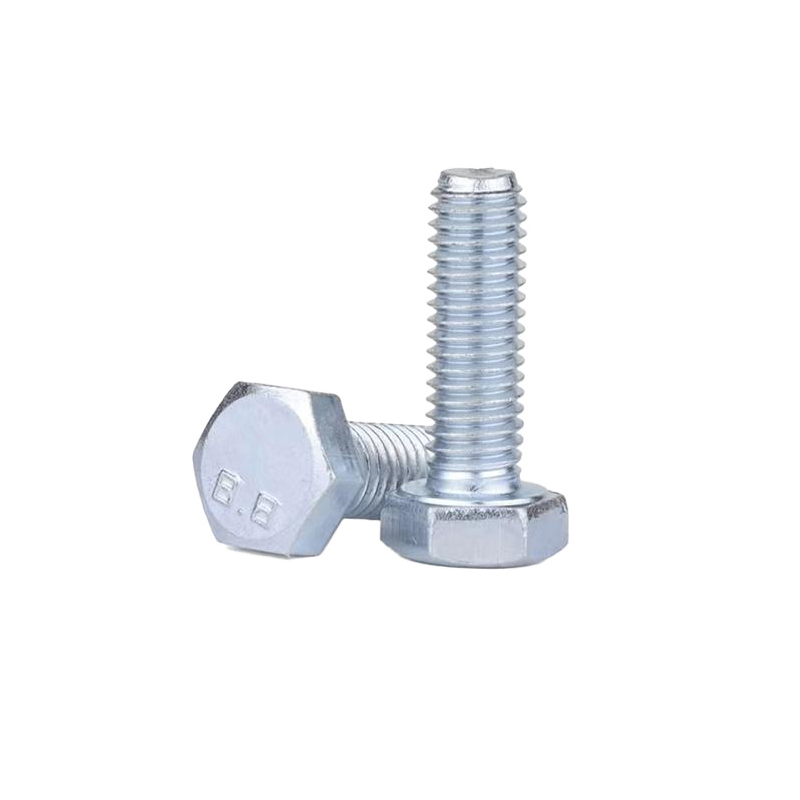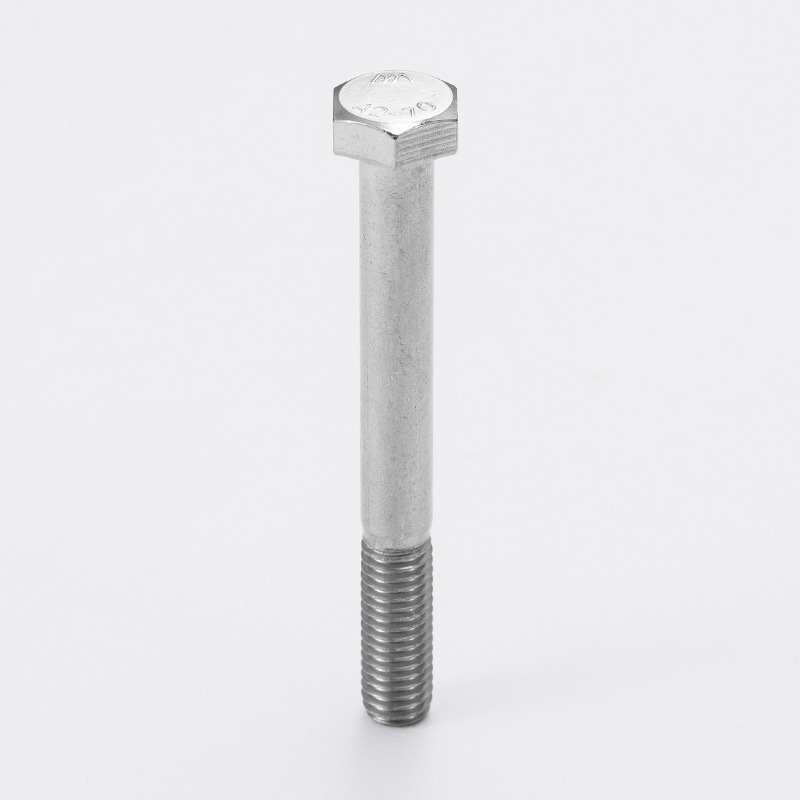Metric Hex Transmission Tower Bolts
Send Inquiry
The hexagonal part of the head of the metric hex transmission tower bolts is thicker than that of ordinary bolts, which increases the contact area with the wrench or socket to avoid slipping and falling during high-altitude operations. The diameter range is generally M5~M100, and the specific length depends on the application and requirements.They have hexagonal heads and threaded rods and can be used under extreme conditions. They meet industry standards and are used in power grids, telecommunications towers or wind turbines.
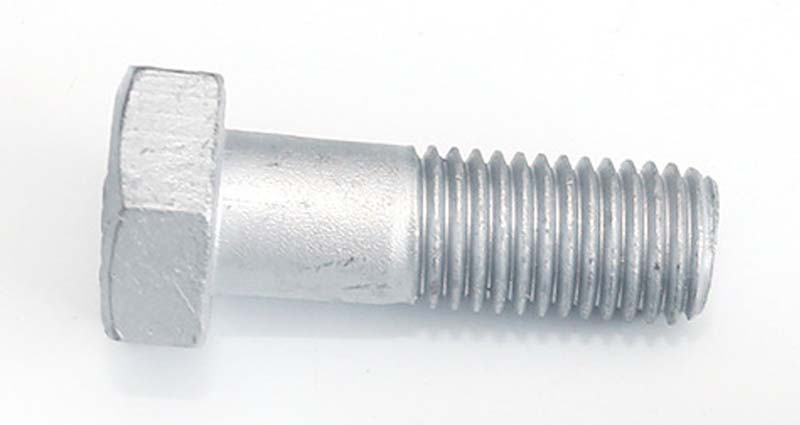
Product details and parameters
Metric hex transmission tower bolts are usually available in high-strength carbon steel and alloy steel and have undergone heat treatment. Coatings such as galvanizing, hot-dip galvanizing or epoxy resin can provide anti-corrosion protection. The specific choice depends on your usage environment. Please apply specific coatings to the transmission towers as required by certain regions.
The hexagonal transmission tower bolts are used to fix crossarms, insulators and tower legs in high-voltage lines. Telecommunications companies use them for cellular tower frames. Renewable energy projects (such as wind farms) rely on them to build turbine towers. Even the railway catenary system uses these bolts to support overhead lines.
Metric hexagonal transmission tower bolts can anchor the tower to the concrete and will not bend. Hexagonal heads can provide high torque for the joints, and metric threads ensure compatibility with global towers. They are used in combination with serrated nuts to enhance seismic performance, which is more common in earthquake-prone areas.
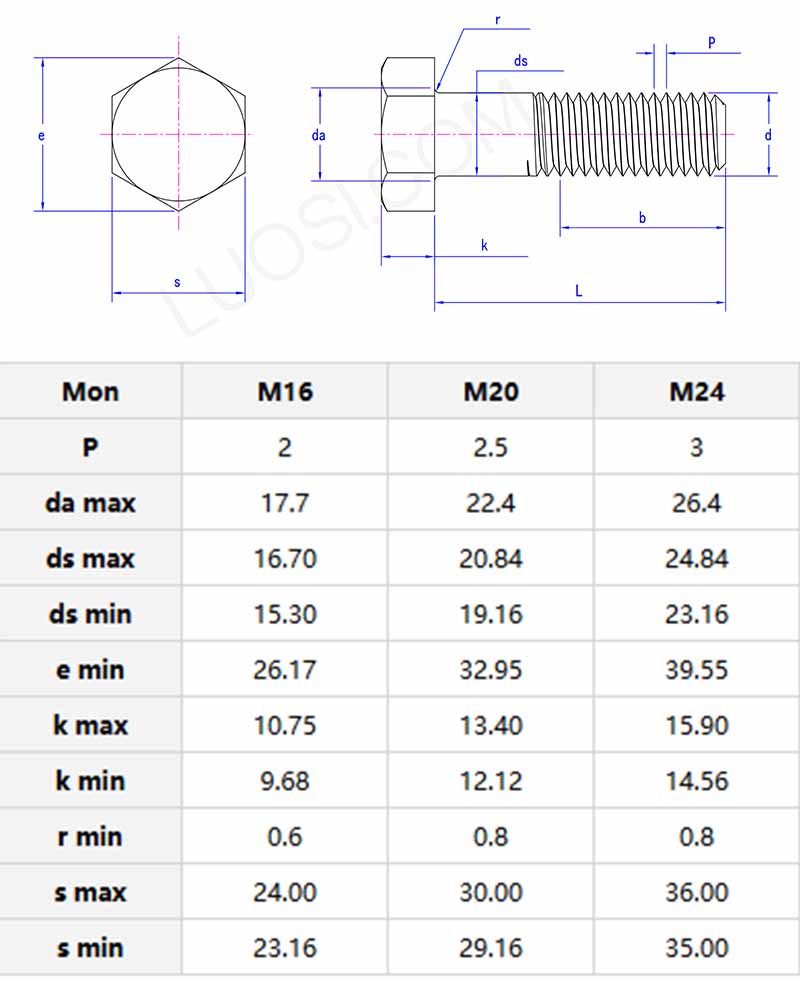
Installing tips
You need to install the metric hex transmission tower bolts precisely. Please use heavy-duty nuts and washers with the same rated load. If there are specific requirements (for example, galvanized bolts), please apply thread lubricant to ensure accurate torque readings. Regularly check whether the coating of the bolts is worn or rusted. Do not reuse old bolts.


